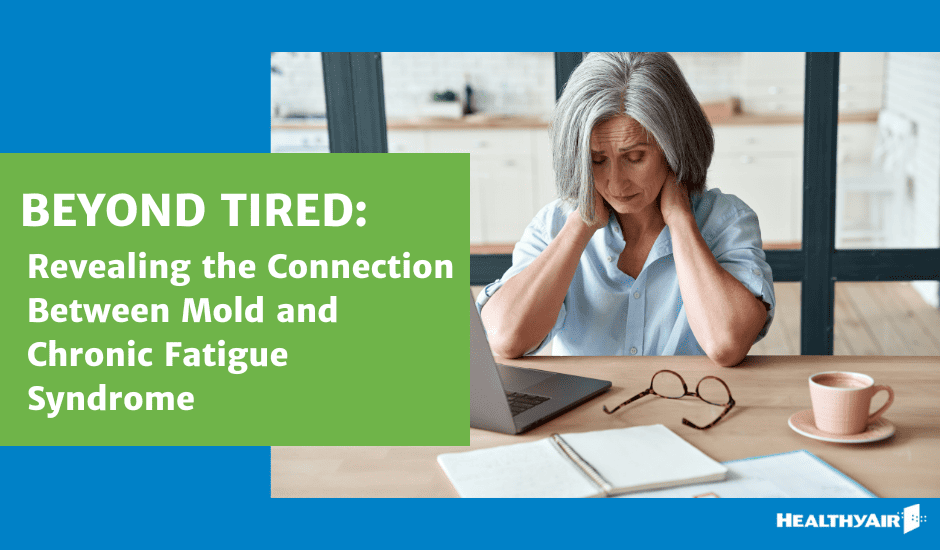Mold Testing
Mold Testing
Mold Testing Objectives
Mold testing is vital to your health and the health of your home, but in addition, mold testing can be used to achieve different objectives. We offer mold testing services to the Atlanta, Marietta, Sandy Springs, Alpharetta, Smyrna, and Lawrenceville areas. We will test for mold using an environmental inspection as well as an indoor air quality assessment. At HealthyAir, our mold testing capabilities allow you to:
- Identify specific health concerns: All mold is allergenic and can be toxic. However, it can be beneficial to identify the specific mold species for medical attention.
- Identify the source of contamination. Whether it’s a roof or plumbing leak, or foundation infiltration, the source of moisture is often easily found and corrected. The difficulty arises when there is an odor or when the occupant begins showing signs of mold exposure, but no visible mold can be located. Testing can assist when trying to locate a slow plumbing leak inside the wall or perhaps a condensation problem inside the duct work.
- Achieve positive identification for litigation. The identification of the mold species and the extent of contamination can be valuable information when entering into litigation. According to the EPA, “if visible mold is present it should be remediated. It is not always necessary to identify the mold unless for litigation, source of contamination is unclear, or health concerns are a problem.”
Mold Testing Methods
There are two different mold testing methodologies; Culturable/viable (alive) sampling and Non-culturable (spores that are alive or dead).
Culturable/Viable Samples
A culturable sample is the method used to grow mold from spores collected on site. Spores may be collected via swab lift, bulk sample, or impact sampler, and then deposited into the agar media in a Petri dish. The dish is then sealed, sent to a laboratory and given time (2 to 3 weeks) to grow.
A disadvantage of culturable testing is the incomplete information provided by the final results. The mold(s) that grow in the Petri dish are influenced by the agar media used, the atmospheric conditions (temperature, humidity), and the other mold species that are competing for space and food (the agar).
The primary disadvantage, according to BSU (Ball State University), is that sampling results only affect the concentration of mold spores that are alive and can grow in the agar media being used, yet more than 80-95% of the spores in the air are not viable.” They go on to reinforce the fact that “mold spores can cause allergic reactions and asthmatic attacks even if they are no longer alive.”
Non-culturable Samples
Non-culturable samples provide a more accurate picture of the mold present in the home or office. This method of sampling collects spores on a slide which is sent to a laboratory for concentration counts and genus identification. Results from these samples can be returned within 24 hours with expedited service. Non-culturable sampling does not allow for species recognition, which is its major limitation. Samples may be taken from one area of visible contamination or as an air sample to determine the number of spores in the breathing environment.
There are two traditional collection methods for non-culturable samples: tape lift and Air-O-Cell. The Air-O-Cell method is deemed the most reliable when attempting to determine if a mold problem exists. When using this air sampling method, a sample must be drawn from the area of suspected contamination, as well as from the outdoor environment. It is only through the comparison of the concentrations and species that a determination can be made of the possible mold infestation.
As stated by BSU, total mold spore sampling has the advantage of collecting most airborne spores that are drawn into the collector. Since allergenicity is independent of viability, results from this method are in most cases a much better indicator of health risks than the culturable/viable method.
The Air-O-Cell cassette has one major advantage; it can be used to determine the presence of Stachybotrys and other mold species inside wall cavities.



